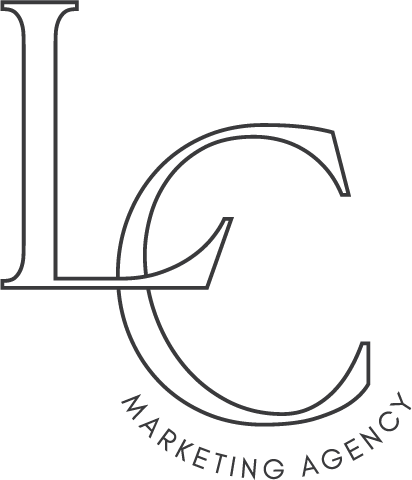The creative world has been captivated by the emergence of AI tools such as Chat GPT. From crafting pitch emails, to generating captions and blog posts, AI has landed in the creative industry with a bang.
I recently stumbled across a Facebook post where a woman submitted her selfie to an AI software, receiving 100 headshot variations for just $30. As a photographer, my trained eye couldn’t help but liken these images to stock photos. However, I had to admit that they could serve as a handy last-minute solution.
The impressive quality of work delivered by AI technology raises an inevitable question for those of us in the creative industry — is it time to quit our day jobs? Can companies avoid hiring experienced creatives in favor of AI and Chat GPT?
In my opinion, the answer is no. Here’s why.
Creative Expertise
An AI tool such as Chat GPT can generate well structured blog posts, captions, or email subject lines — but it lacks the emotional depth that’s inherent to human writers. As creatives, we spend years honing our craft, working with diverse clients across industries, and learning to speak the language of their target audience. This wealth of experience isn’t something AI can replicate.
Tone, Voice, and Personality
While AI tools like Chat GPT are capable of generating grammatically correct and professional sounding copy, they lack the subtlety of tone that’s crucial in maintaining brand consistency across platforms. The language used when addressing Gen Z, for example, differs significantly from the language used for Millennials. Professional creatives are trained to recognize these nuances and adjust accordingly.
Consumer Experience
A professional copywriter and marketer understands the consumer experience — from identifying pain points, to providing tailored solutions. This enables them to connect with consumers throughout the various stages of their journey. Chat GPT, although impressive, lacks the ability to discern the unique pain and selling points of your brand. With this, it can’t communicate these points as effectively as a human.
During the onboarding process for a new client, we dedicate a significant amount of time to understanding their brand’s unique voice. We dissect how they sell their products, interact with their customers, and solve their problems. This approach is something AI currently falls short on.
AI tools may not be able to replace the role of creatives, but we can leverage them to our advantage. In my experience, AI can serve as a fantastic source of inspiration, especially when faced with a creative block or pressing deadline.
For instance, I’ve used Chat GPT to generate fresh ideas for email subject lines — but instead of directly copying and pasting this generated copy, I’ve used it as a starting point, reworking it with my unique style and verbiage.
For business owners, tools like Chat GPT can be incredibly useful in speeding up content creation. From writing captions, to maintaining consistency with blog posts, they can provide a valuable head start. However, it’s crucial to remember to infuse your brand’s personality and voice into this content.
Ultimately, in our increasingly digital world, it’s about working smarter, not harder. While AI tools like Chat GPT are powerful, they’re not yet poised to replace human creatives. Instead, they serve as a valuable resource that can inspire and accelerate the content creation process, complementing the unique skill set of professional creatives.



